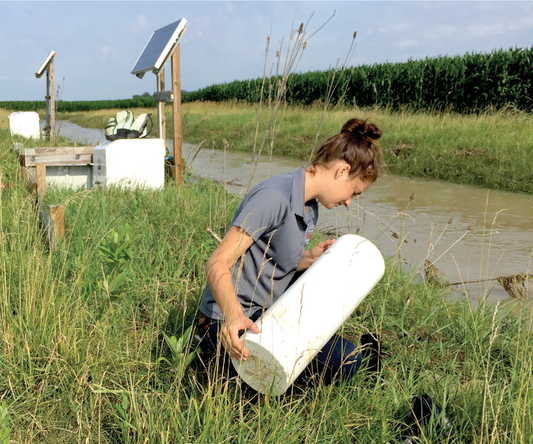Large Uncertainties in Phosphorus Budgets

Phosphorus (P) is a critical nutrient for crop growth, but once lost from agricultural fields, it can result in eutrophication and harmful algal blooms in downstream water bodies. Nutrient budgets are used to summarize field inputs, like fertilizer or manure, and outputs, like crop removal, in easy‐to‐read diagrams. They can facilitate the understanding of nutrient cycling in agroecosystems and quantify the effectiveness of nutrient management planning and policies. However, the behind‐the‐scenes work, including data collection and estimation methods, that goes into creating a budget is complex and filled with sources of uncertainty.
A team of scientists across the United States and Canada synthesized P inputs and outputs from 61 diverse cropping systems to calculate P budgets and determine budget uncertainty. Results revealed that in many cases (39%), the uncertainties in inputs and outputs were too large to determine whether P budgets were increasing, decreasing, or not changing.
The researchers developed guidance to help quantify, communicate, and constrain uncertainties in P budgets. Data and recommendations from this research will help facilitate improved quantification of P cycling and loss and can be used to address complex local‐, regional‐, and national‐scale P management challenges.
Adapted from Welikhe, P., Williams, M. R., King, K., Bos, J., Akland, M., Baffaut, C., … & Witthaus, L. M. (2023). Uncertainty in phosphorus fluxes and budgets across the US long‐term agroecosystem research network. Journal of Environmental Quality, 52, 873–885. https://doi.org/10.1002/jeq2.20485
Text © . The authors. CC BY-NC-ND 4.0. Except where otherwise noted, images are subject to copyright. Any reuse without express permission from the copyright owner is prohibited.










